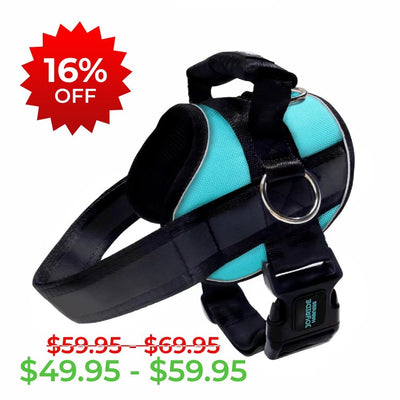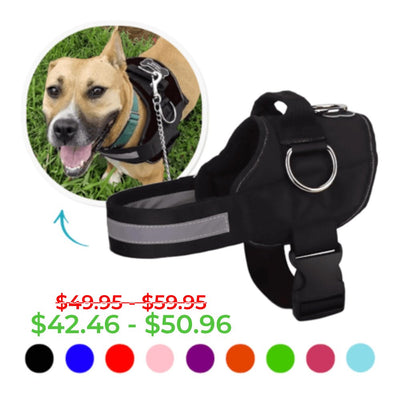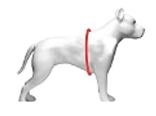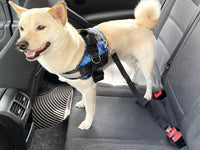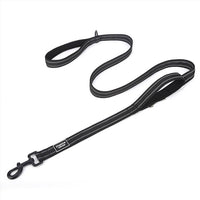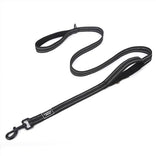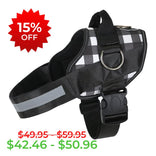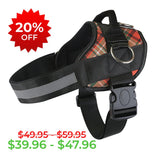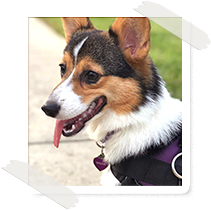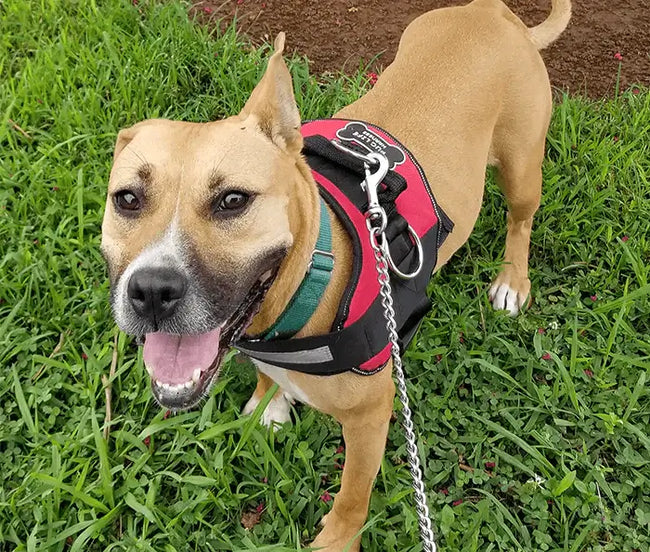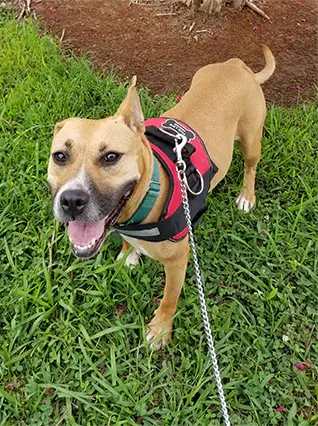How to Tell Your Dog's Aging: Signs and Care Tips
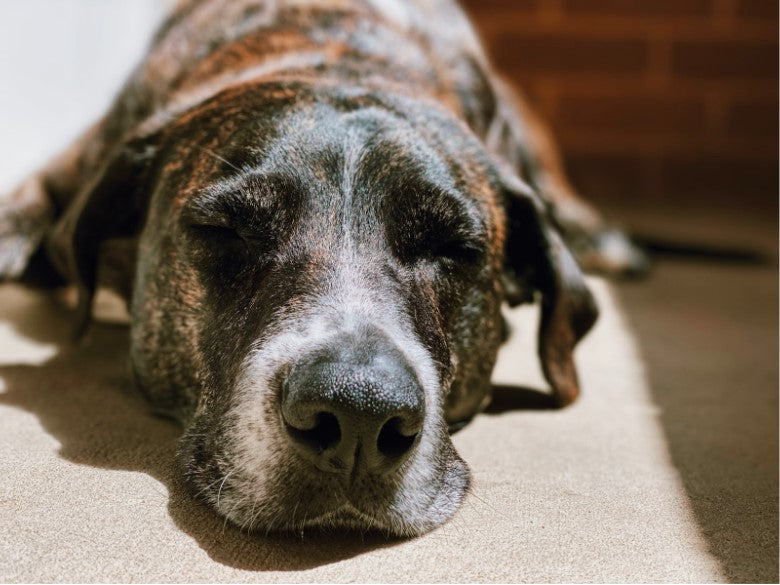
One of the hardest parts of being a dog parent is knowing that your dog's lifespan is shorter than yours.
Most dogs only live into their teens, although this depends on breed. Small breeds like Chihuahuas can reach their 20s. Giant breeds, like Great Danes, usually only live to be about seven.
No matter how many years your dog has, it's your job as a dog parent to make sure those years are as good as they can be. That's why it's super important to understand the signs of aging in a dog!
Dog’s Signs of Aging

So how can you tell if your dog is starting to slow down? If you've had your pup since puppyhood, you know exactly how old they are.
But for shelter dogs or dogs adopted as adults, their exact age might be a mystery.
Here are some signs to watch for as your dog matures.

Appearance: As dogs age, they often start to go gray or white. This usually starts in the muzzle area and extends up the face. It is more obvious in dogs with darker coats.
Mobility Changes: Older dogs may experience stiffness and joint pain. If you notice your dog having problems going up or down stairs, or getting into or out of the car, this can be age related.
Decreased Energy: As dogs age, they often become less active and energetic. They will prefer shorter walks and less intense playtime.
Changes in Appetite: Older dogs will often have smaller appetites. They may also have difficulty chewing or swallowing.

Sleep: Older dogs may sleep more during the day. They may also have trouble sleeping through the night.
Cloudy Eyes: Older dogs have decreased vision. Their eyes often begin to get cloudy.
Weight Changes: Weight loss or gain often happens to aging dogs. This is sometimes caused by age-related health problems, like thyroid issues or arthritis. If you notice your dog gaining or losing a lot of weight, talk to your vet right away.
Behavioral Issues: Older dogs may have changes in behavior. They might seem disoriented, confused, or even irritable. They may also become less interested in interacting with people.
Arthritis Pain: Many older dogs get arthritis, even if they're in good health otherwise. Arthritis can be painful. This means that touching certain areas can be unpleasant. Older dogs often don't like being touched on their paws, hips, shoulders, and spine. They may growl or snap if you touch them unexpectedly, so move slowly and be careful.
Dental Problems: Aging dogs often have dental issues. Gum disease, tooth decay, and tooth loss are common in aging dogs. This can affect their ability to eat comfortably. You can help them out by softening hard food by soaking it in water or sodium-free chicken broth.
As dogs age, they also start to have different needs in their lifestyle. And we wrote these 8 Tips for taking care of a Senior Dog to help you out.
At Joyride Harness, we want to help you care for your dog at all stages of life. Our harness is perfect for senior pups. It's comfortable, safe for their skin, and has lots of safety features.
Check out our reviews to see how much dog parents just like you love the Joyride Harness for their seniors!




